Archived Storm Damage Blog Posts
Storm and Water Damage Restoration - "Like it never even happened." SERVPRO of Clatsop, Columbia Counties
8/16/2022 (Permalink)
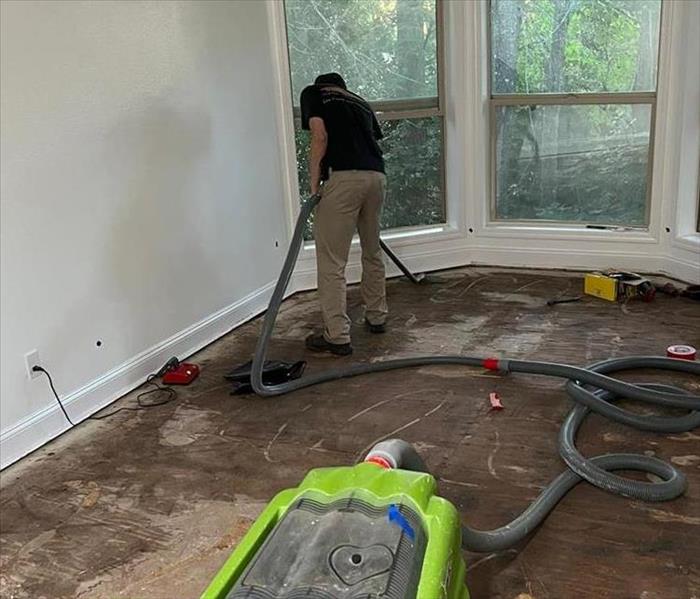 Big storm? Burst pipe? Slow leak? Whatever caused the damage, SERVPRO of Clatsop, Columbia Counties will make it seem “Like it never even happened.”
Big storm? Burst pipe? Slow leak? Whatever caused the damage, SERVPRO of Clatsop, Columbia Counties will make it seem “Like it never even happened.”
Water damage restoration is the process of repairing a property after it has been damaged by water. The most common causes of water damage are flooding and plumbing leaks, but there are other causes such as burst pipes and overflowing tubs or toilets. The restoration process involves removing moisture and preventing mold growth to prevent further damage. To properly mitigate water damage, specialty drying equipment such as air movers, heaters, and dehumidifiers are required.
It is important to take proper precautions when working in a water-damaged building. To protect yourself against the dangers of potential mold, you should wear protective clothing: long-sleeved shirts and pants may be necessary to avoid skin contact with mold spores. You should also always wear eye protection and a mask when doing restoration work in a water-damaged home or business. Gloves are also helpful for protecting your hands from bacteria that might be present on surfaces or objects that you are handling. In addition, keep an eye out for electrical equipment such as power tools and extension cords; these could be damaged by flooding and pose safety hazards if they become energized while you're working on them.
We are proud of the work our employees do. They are some of the best in their fields, and they work hard to help our customers get back to normal as quickly as possible.
We know that you can't always be there when a flood or leak happens, but it's important to us that you're aware of what your friends at SERVPRO of Clatsop, Columbia Counties can do for you when you need us most. We understand that water damage restoration is an emotional experience for many people, but we hope that this information will help take some of the stress out of getting back on track after an incident like this.
Now what happens when your home is dry but torn apart? Our SERVPRO is unique in the sense that we are one of the few water mitigation companies in the area that offers reconstruction services after mitigation! Truly making your disaster "Like it never even happened."
You’ve heard about construction and remodeling but what is reconstruction? Reconstruction is simply repairing the areas that were once affected by water damage. Our highly skilled team has over 6 decades of combined experience in commercial and residential reconstruction. From commercial flooring and drywall installation to small residential patch and paint – we can do it all!
Now that we’ve covered reconstruction let’s talk about repairs and remodels. Being a full service SERVPRO means that our construction division can and will take on any job, big or small. Let’s say you are getting ready to sell your home and notice that the walls have faded and there are several areas where wall hangings were that now needs a paint touchup. Our highly trained team can fill holes, prime, and repaint those spaces. Maybe you’re not selling your home, but you want to remodel your kitchen or bathroom! This is where it gets exciting. We have a team dedicated to tile install, vanity and cabinetry removal and replacement, and plumbing fixture installation.
No job is too big or too small for our team. We also work with highly trained subcontractors for large scale remodel projects where code upgrades are required. Lots of electrical or plumbing to repair? Our subcontractors are one call and work order away from completing a total renovation of your home.
SERVPRO of Clatsop, Columbia Counties - painting the world green one call at a time!
Do You Have a Storm Prep Plan in Place? | SERVPRO® of Clatsop, Columbia Counties
5/19/2022 (Permalink)
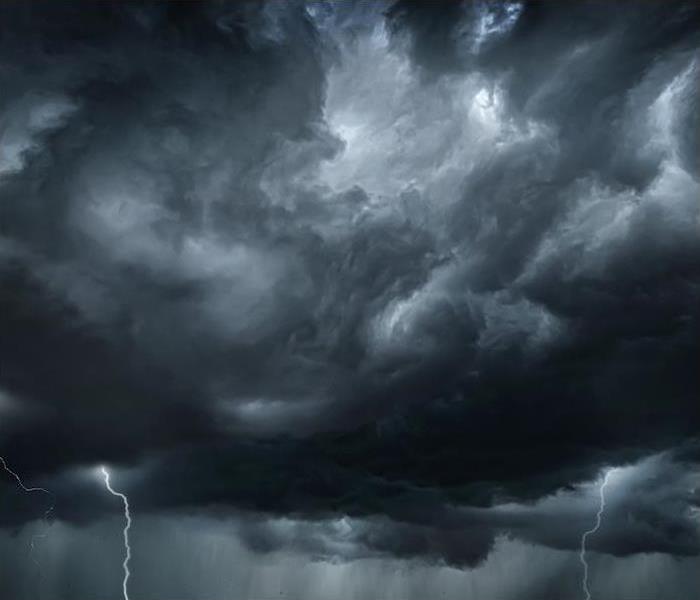 If you discover storm damage to your home or business, reach out to SERVPRO of Clatsop, Columbia Counties right away.
If you discover storm damage to your home or business, reach out to SERVPRO of Clatsop, Columbia Counties right away.
As frightening as it sounds, severe weather is more common than you might think. To put it in perspective, there are around 100,000 thunderstorms per year in the United States.
In the Pacific Northwest especially, heavy rainfall is a common occurrence, which can lead to flooding. Sometimes there is even snow at higher elevations, causing its own problems.
Being prepared in situations like these is crucial to your safety. Knowing what to do and what to avoid is of utmost importance. That’s why we are providing you with tips about best practices.
Best Communication Methods During Severe Weather
One of the most important things during the severe weather is to stay connected by communicating. But before accessing your communication plan, make sure you know how to differentiate between watches and warnings to be able to act accordingly. During watches, you will have to stay alert, while during warnings, you will need to protect yourself.
The second thing to work on is to have a way to receive necessary information. This can include you getting connected to a NOAA weather radio, TV broadcasts or receiving text alerts from officials. All of these means of communication will help you understand the severity of the storm you are dealing with.
The third step is to generate an emergency communication plan for your entire household. You need to have a designated safety area, meaning that in the case of an emergency you and the rest of the people in your home can hide there until it’s safe to exit. This can be a bathroom, attic or a special room in your house.
Prepare a Storm Emergency Kit
An emergency kit can be a lifesaver in the case of severe weather. Put all your essentials in it, such as water, flashlights and medical supplies. You never know how long a storm can last and how long you will be away from your personal belongings.
Post-Severe Weather Checklist
Going through severe weather is not only about prep work, but also about what you do afterward. After the storm has passed and you can safely return to your home or the main area of your house, you will need to inspect the space for the possible damages.
Roofs and the seals around windows and doors are usually the most affected, so checking on those is a good place to start your inspection.
If you do find damages, knowing who to turn to for help is essential. SERVPRO of Clatsop, Columbia Counties is your reliable restoration company that can take care of all your needs and remove any worries. And the best part is that we are open 24⁄7 to serve you!
It’s also a good idea to do an audit of your safety plan with your household members. You can discuss what worked well for you during the storm and what areas of your safety plan need improvement. That way you will know exactly how to act in the future similar situations.
If you discover storm damage to your home or business, you can count on SERVPRO to handle the restoration. We’re here 24⁄7 to spring into action—get in touch with us today.
Oregon’s Spring Weather Hazards | SERVPRO® of Clatsop, Columbia Counties
3/4/2022 (Permalink)
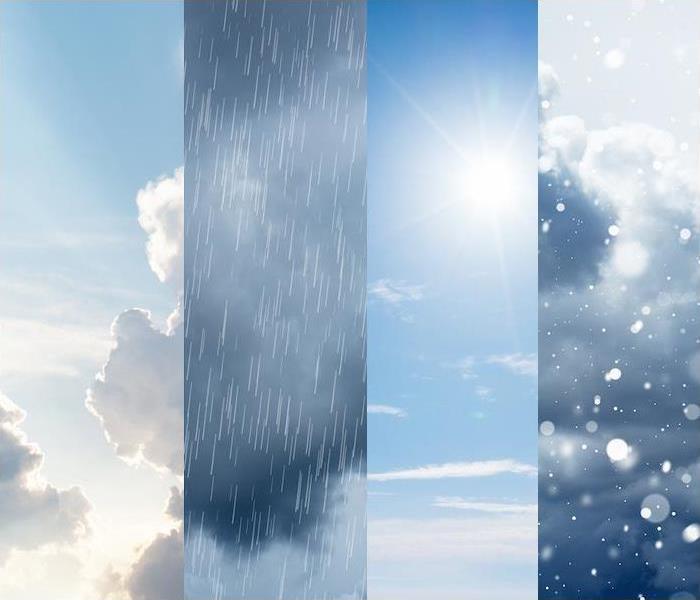 SERVPRO of Clatsop, Columbia Counties is a click away if you experience any damage from severe weather.
SERVPRO of Clatsop, Columbia Counties is a click away if you experience any damage from severe weather.
In terms of total land area, the United States only comes up short behind Russia and Canada as the one of the world’s largest countries (though China is larger if all outlying US territories are excluded).
Seasonal weather in a country with such a large and diverse territory under one umbrella isn’t one-size-fits-all. Different parts of the country experience different weather patterns, and thus face varying degrees of weather threats throughout the year.
As spring approaches, warm and cold air masses collide throughout the nation, causing extreme weather events. Let’s take a look at what to expect in some of the country’s major regions, as well as what we need to keep in mind here in Oregon.
In the Pacific Northwest, we are prone to extreme rain in the spring (as you’re probably well aware of), which may result in flooding and water damage to homes. At higher elevations, snow will continue to fall, and the resulting melting and runoff will cause problems of its own. Wildfires are also of concern for the state and have become more severe in recent years.
Winters in the Upper Midwest and Northeast are the longest, with cold weather persisting throughout the season. From Maine to the Dakotas, extreme cold and the possibility of snowstorms and blizzards can be anticipated until late spring or early summer, when temperatures begin to climb back up.
With that said, the southern West Coast will have the opposite problem and will have to be on the lookout for excessive heat waves, which could endanger lives and properties. The South Pacific, including Hawaii, will be on the lookout for possible tsunamis caused by tectonic activity.
Windstorms, derechos and the threat of wildfires will be a major concern for the center of the nation, from Iowa to Texas. When the winds are high and the weather is dry, wildfires may quickly spread. Tornado Alley, which has a high frequency of tornadoes, is also in this area.
Extreme weather is a possibility in the Southeast as well, with tornadoes and severe thunderstorms in landlocked areas, as well as dangerous rip currents on the coastal areas and hurricanes even late into spring.
Extreme weather is a significant risk in the United States, no matter where you reside. Yours may not be the same as your friend’s a few states away, but understanding how to prepare is always a smart idea.
If extreme weather leaves you with damage from water, fire or other elements, help is a click away. Contact SERVPRO for fast, expert recovery.
Summer Storm Preparedness | SERVPRO® of Clatsop, Columbia Counties
8/20/2021 (Permalink)
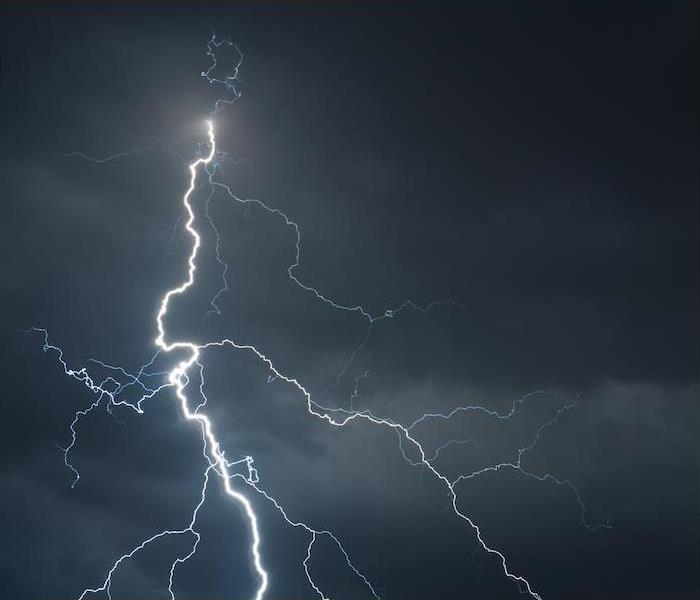 If storms cause damage to your home or business, SERVPRO of Clatsop, Columbia Counties is on the line, ready to make things right.
If storms cause damage to your home or business, SERVPRO of Clatsop, Columbia Counties is on the line, ready to make things right.
Summer is in full bloom, and it brings with it all the things we love about the warmest season. Many of us finally get to take our anticipated vacations, higher temperatures practically beg us to head to the pool or the coast, and the days are longer and full of sunshine—most of the time, that is.
It may sometimes seem that summer months are more prone to thunderstorms, and that would be because it’s totally true. The presence of moisture and warm air mean that atmospheric conditions are more favorable for heavy storms in summer, especially in certain parts of the country.
The beginning of summer typically greets the Portland area with less rain than the earlier months of the year, but September begins to ramp back up toward double-digit rainy days per month.
Be Storm-Alert
Thunderstorms don’t often get a lot of attention, because we see so much rain in Oregon anyway, but they should never be ignored. You should always heed storm alerts, and when thunderstorms are predicted, you should consider postponing outdoor events as a safety precaution.
Keep an eye on local weather forecasts and buy yourself an NOAA Weather radio, which can continue to keep you updated if power is lost.
If flooding is forecast, stay inside and off the road. Heavy storms can sever tree branches and toss around backyard items and trash cans, so keep your trees trimmed and move garbage cans, trampolines or patio furniture to safety.
Dozens of people die every year in storm-related situations, so exercising caution is always your best bet. Never take storms for granted.
Be Storm-Safe
Stay inside during lightning storms. Lightning can strike up to 10 miles from where it’s raining, making it unsafe to resume outdoor activity until 30 minutes after you’ve heard the last clap of thunder.
It turns out your mom was correct—you shouldn’t bathe or shower during a thunderstorm, and you should stay away from windows.
In cases of flooding or extreme thunderstorms, prepare an emergency kit, and be familiar the evacuation route for your part of town. Stay on high ground and avoid touching flood waters. Flood waters can carry you or even your vehicle away, and they can also conceal roads that have been damaged or washed away, so turn around if you come to flooded roads.
There are any number of dangers that can come into play in a thunderstorm, and it’s always best to be cautious and put things on hold until storms safely pass. If storms cause damage to your home or business, SERVPRO is on the line, ready to make things right again.
The Rising Frequency and Cost of Severe Storms | SERVPRO® of Clatsop, Columbia Counties
7/12/2021 (Permalink)
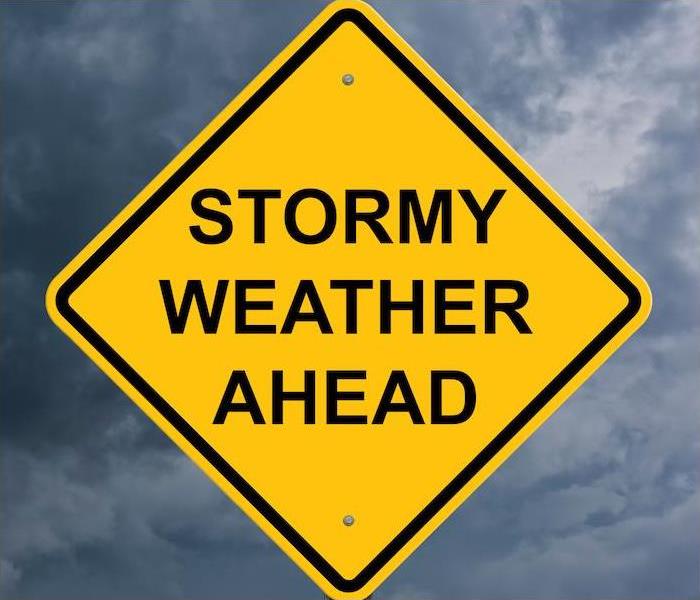 When storms do damage, we go to work to make things right. Contact SERVPRO of Clatsop, Columbia Counties to start the restoration process.
When storms do damage, we go to work to make things right. Contact SERVPRO of Clatsop, Columbia Counties to start the restoration process.
As if 2020 wasn’t dramatic enough with a global pandemic, it also brought the extra stress of being a record-setting year for natural disasters. 2020 saw more weather disasters than any year for which we have data.
There were 22 officially classified disasters in 2020 (which means there were 22 events that caused at least a billion dollars in damages), plus a number of other damaging storms that didn’t reach that financial level. The National Weather Service actually ran through its entire planned list of names and had to resort to naming storms using the Greek alphabet for only the second time in history.
Not Just Hurricanes
Hurricanes get the finger pointed at them first for causing destruction and financial damage, but in fact, the most expensive disasters of 2020 in the contiguous United States were thunderstorms and tornadoes.
Fourteen of 2020’s official weather disasters were severe thunderstorms, some of which caused destructive tornadoes as well. Unlike hurricanes, thunderstorms happen year-round in the United States, and they happen coast to coast.
Just take this example of what a single storm can do: In August 2020, a seemingly normal line of storms in Nebraska gained steam and gave birth to a derecho (think of a tornado comprised of slashing straight-line winds instead of rotating air) which damaged more than 10 million acres of Nebraska’s corn fields. That’s almost half the state’s crop, and over 11% of the corn crop of the entire United States.
While Oregon suffered the devastation of wildfires in 2020, Oregonians also dealt with heavy rains, snow and even historic windstorms.
Not Just 2020
One would like to think 2020 was an outlier in this regard, but unfortunately, it seems as though it’s just part of the current pattern. It was the 10th year consecutively with at least 8 official disasters, following up 2018 and 2019, which saw a total of $136 billion in weather damages, and 2017, which saw a record total of over $300 billion by itself.
Storms are a potential problem for everyone, and as a home or business owner, it’s in your interest to take the necessary precautions to minimize property damage and keep everyone under the roof safe. But should those precautions prove insufficient or ineffective in an unexpected weather disaster, remember that you’ve got a friend in the restoration industry.
When storms do damage, we go to work to make things right. Contact SERVPRO today to see how we can help.
Problems That a Thunderstorm Can Cause | SERVPRO® of Clatsop, Columbia Counties
5/7/2021 (Permalink)
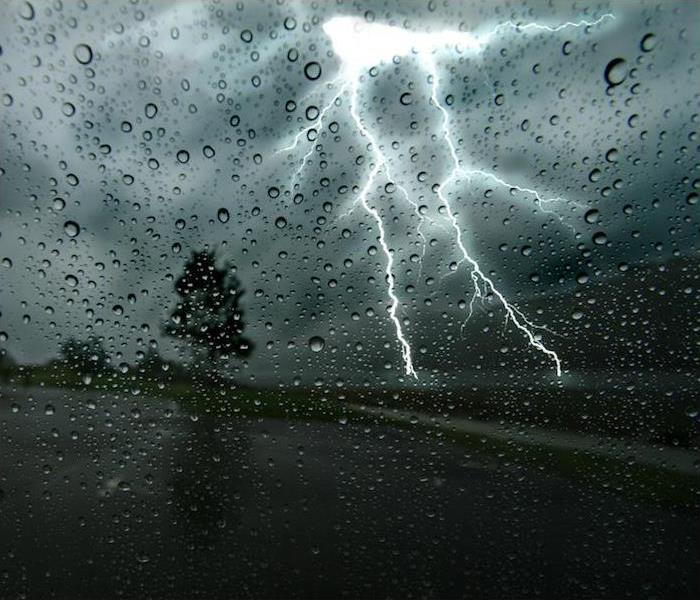 Thunderstorms can pop up at any moment. Contact SERVPRO of Clatsop, Columbia Counties if you experience any damage.
Thunderstorms can pop up at any moment. Contact SERVPRO of Clatsop, Columbia Counties if you experience any damage.
Even though we don't often see them along the coast and Columbia River - every single thunderstorm is dangerous due to lightning, high winds and heavy rains. Many occur and cause no issues but there is always the potential of danger present.
During a thunderstorm, there will always be thunder and lightning present, often accompanied by rainy and windy conditions. Thunderstorms are often to severe status in certain scenarios where there are high winds over 58 miles per hour and hail that is over an inch in diameter. Regardless of if the thunderstorm is regular or severe, it should always be taken extremely seriously.
Damages That Often Occur Due to Thunderstorms
Damage and injury from lightning strikes. When a storm contains thunder, it also contains lightning every single time. Lightning is a dangerous force and causes at least 300 bodily injuries annually. Lightning can also damage homes and buildings due to fire hazards or by felling trees or telephone poles nearby.
Property damage due to hail. Not every thunderstorm has hail, but when one does, it is important to acknowledge just how dangerous it can be. Hail falls extremely quickly and can cause injury to anyone who is not sheltered adequately when it occurs. Additionally, hail can dent cars and cause damage to the structural integrity of homes by damaging the roof or siding and letting water in.
Harm from flash flooding. While flooding is typically contained to areas near bodies of water, flash flooding can happen anywhere that heavy rain is occurring. It is often associated with underperforming storm drains or runoff areas, but as rain continues to fall, it can quickly become a major concern. Flash floods are highly dangerous even if they are just a few inches high and can happen suddenly.
Thunderstorms are dangerous and can cause significant damage to homes or commercial spaces. If you have damage due to a thunderstorm, you can count on us to help. Contact us 24⁄7 for more information about our storm restoration practices.
Home Projects to Prepare Your Family for Spring Storms | SERVPRO® of Clatsop, Columbia Counties
3/4/2021 (Permalink)
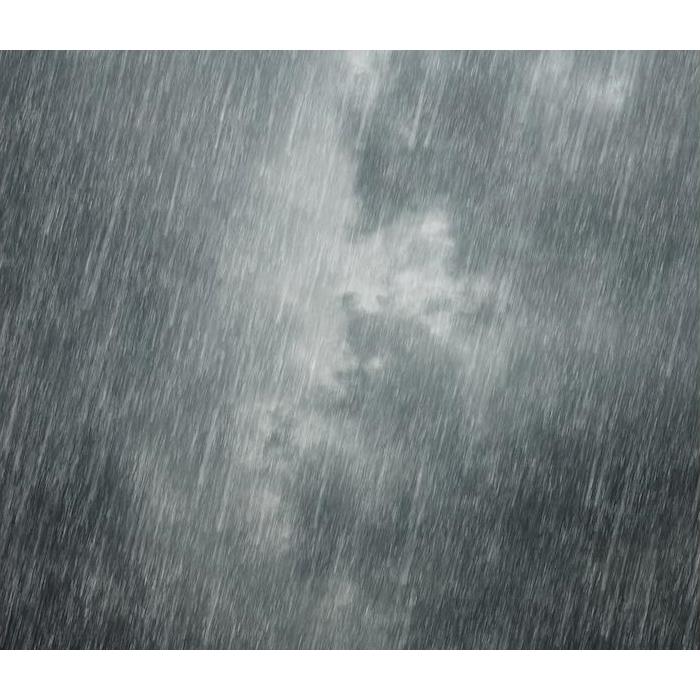 If you experience any property damage from spring storms, contact SERVPRO of Clatsop, Columbia Counties.
If you experience any property damage from spring storms, contact SERVPRO of Clatsop, Columbia Counties.
How has your family been doing during this cold, wet, pandemic winter?
If you’re ready for spring, you’re just one of the many families in our region that are. You’re in good company.
It’s already March, so people are beginning to think more about what they can do when the weather warms up enough to spend time outside. You can plan outdoor projects, like more landscaping or a new deck or gazebo.
While you’re doing these projects to make your house more attractive, consider adding some projects to make your home a safer place, too. You can do things now to protect your home from strong storms later. The good news is that most of these projects aren’t time-consuming or expensive. With a little help and a long, sunny weekend, you can get them done.
Is Your Home Ready for a Spring Storm?
Check out these projects and see if they merit a place on your home improvement priority list:
Declutter any debris you find in your gutter. When your gutters are in good shape, it allows water around your home to flow the right way. If gutters are full of debris, they can overflow and cause water damage. Our team recommends cleaning your gutters regularly. You may want to do this every season, so you’re always prepared for heavy rains.
If you have a sump pump, check it sooner rather than later. If your home needs one of these to keep water out of your basement, then it’s a good idea to be sure it’s working before you need it.
Prepare your roof for stormy weather. Make it your priority to look for missing shingles and signs of leaks. If you repair your roof early on, you don’t have to face finding out about leaks and damage during a storm. You’ll save yourself time, money and other issues surrounding water damage.
If a fire, flood or any other cause damage to your home, you can always count on us for restoration assistance. We are available 24⁄7 in the event of an emergency. Contact us at any time to learn more about our restoration services and how we can help you.
They’re Depending on You: Protect Your Pets in a Storm | SERVPRO® of Clatsop, Columbia Counties
12/14/2020 (Permalink)
Lightning crashes and Fido is nowhere to be found. You search and search only to discover your pup in the basement, hiding between the water heater and the rat poison. Yikes!
When animals panic, such as during a storm or even a fireworks display, they can get hurt. Let’s talk about keeping your pet safe during a storm. In this blog, we’ll focus on indoor pets.
If You’re Staying in Place
Be aware that pets may run and hide—bringing them into contact with parts of the house where they don’t usually hang out. Know their hiding places so you can easily find them when a storm strikes.
Depending on the storm you’re threatened with, you may go into a sheltered location, such as in the basement or under the stairs. A pet that’s already frightened can resist the move or set up a ruckus once there. Be sure to get your pet used to your shelter room when the horizon’s clear.
The American Society for the Prevention of Cruelty for Animals (ASPCA) suggests removing any hazardous materials, such as rat bait, from your family’s storm shelter. It might be a good idea to pet-proof your animals’ favorite hiding place, too.
If You Need to Evacuate
Again, your first step is to know your pet’s hidey-holes—this time, so you can quickly grab them in case of a flood or another situation where you need to evacuate quickly.
Like humans, pets need a “go bag” with basic supplies to carry in case of an evacuation. This can include medicine, a leash, medical paperwork, shot records and even a pet first-aid kit. The ASPCA even has a handy video tutorial to help you assemble your own pet first-aid kit.
From fire to storm to flood, disaster can strike at any time. If you’ve experienced storm damage, contact us at any hour for assistance.
 Big storm? Burst pipe? Slow leak? Whatever caused the damage, SERVPRO of Clatsop, Columbia Counties will make it seem “Like it never even happened.”
Big storm? Burst pipe? Slow leak? Whatever caused the damage, SERVPRO of Clatsop, Columbia Counties will make it seem “Like it never even happened.”






 24/7 Emergency Service
24/7 Emergency Service





